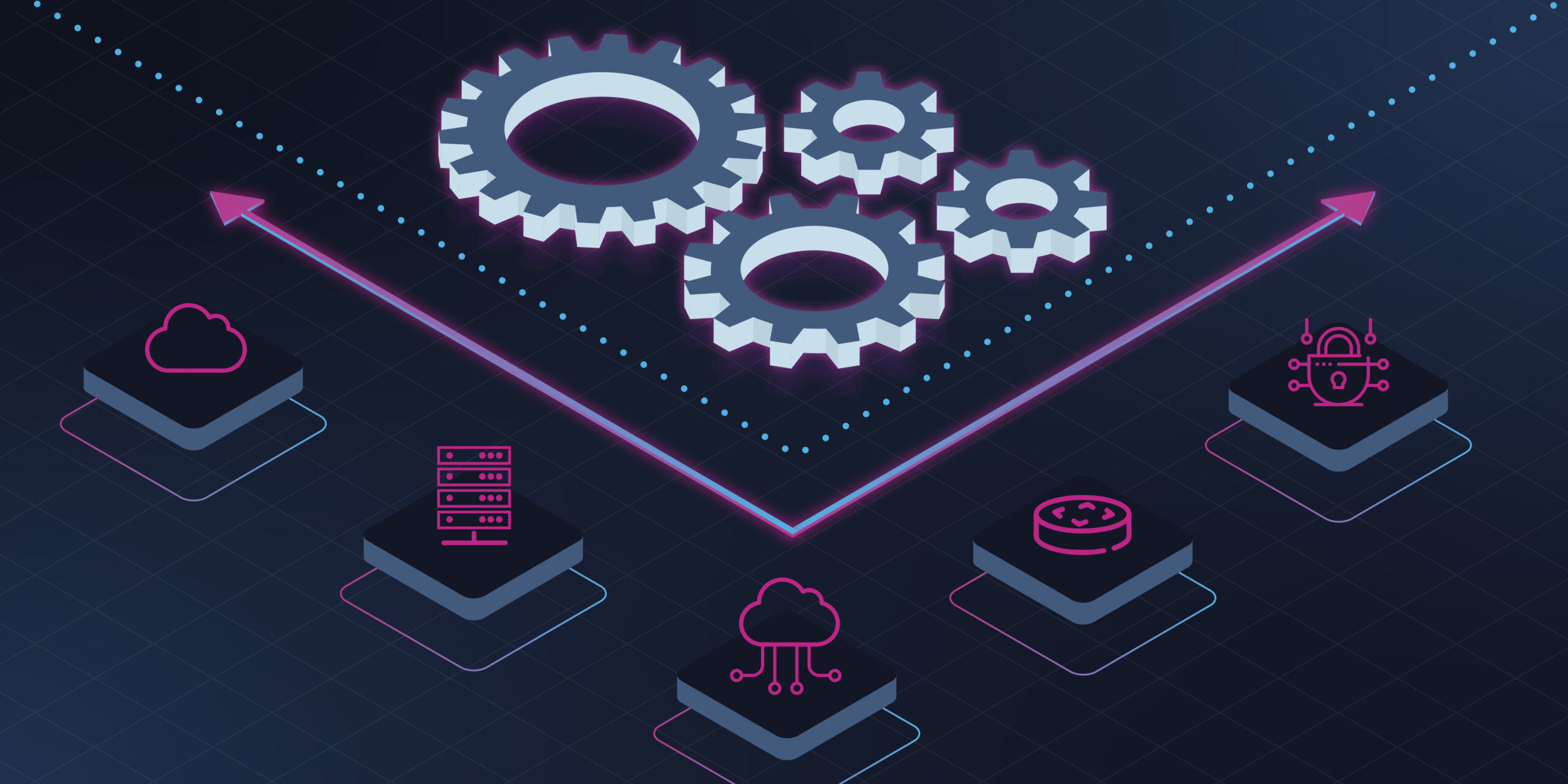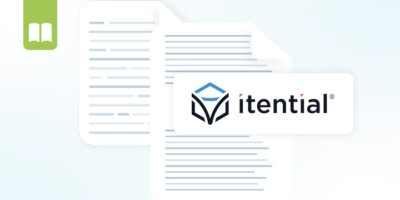As today’s networks become even more complex and the demand for a more agile network grows, maintaining and expanding this infrastructure becomes more difficult and time-consuming and places greater pressure on the enterprise’s IT and NetOps teams to respond to network change requests while ensuring network reliability.
Network automation has become a critical requirement for engineers today as they work to ensure their networks meet the growing demands of the enterprise. The real challenge for enterprises now is understanding how to scale their network automation strategies across multiple network domains and IT systems to better meet the needs of the business.
Network teams understand that if they are to be successful, it’s critical to automate functions such as deploying new applications and services, provisioning of new network elements, and ongoing change management for network hygiene and security. The problem is that many network automation tools focus on automating a specific task on a specific network device or type and have limitations with integrating with other network domains and IT systems. This strategy will never deliver on the goal of greater automation efficiency.
Working within these limitations will always fall short because it requires human intervention to run different automations, manipulate the data they produce, and input it into multiple different systems. To overcome this, network teams must change their strategy to include automation that can orchestrate across any network type — CLI or API managed — and across all of the IT systems that are needed.
Embarking on the Automation Journey
Automation is a journey, taking place over time, occasionally calling audibles along the way to keep pace with today’s rapidly changing technology environment. Using technologies such as Python and Ansible, with a focus on automating a specific task, can certainly save time for teams in the near term, but it often ends up costing more time in the long run. When you’re automating an individual network task, you’re focused on the specific execution of that task, such as applying the change to the device, rather than on the full change management process. You’re ignoring a majority of the automation opportunities in front of you. This approach won’t achieve full-scale automation.
Scaling network automations is about enabling more people on the networking team to participate in building automations, extending those automations to include multiple network domains and IT systems, and ultimately publishing those automations to be utilized beyond the network organization to participate in broader IT initiatives like self-service provisioning and integrating automations into CI/CD pipelines.
Beyond the Here & Now
Before automating a network change, you must have confidence in your automations, so implementing a set of guardrails and best practices is essential to the journey. By implementing a robust set of pre- and post-check processes in every network automation, along with the ability to rollback changes if necessary, network teams will have the highest confidence in the automations they build.
In order to achieve network automation at scale, consider the following:
- Enable the entire network team’s participation in building network automations by implementing low-code solutions to overcome the programming skills gap.
- Invest in an automation platform that is capable of automating traditional on-prem networks (CLI) as well as both cloud-native network services (API).
- Rather than start from scratch, select solutions that leverage existing script and CLI automations in Ansible, Python and Terraform and that provide capabilities to be enhanced and share those assets across the team.
- Select a platform that simplifies the integration and management of APIs from systems in your IT ecosystem – like ITSM, IPAM, and CMDB – which will allow teams to automate end-to-end network processes.
- Identify methods that allow automations to be executed by other systems for self-service in order to participate in larger IT automation initiatives.
How Itential Enables Network Automation at Scale
To accelerate time to value, Itential offers out-of-the-box Pre-Built integrations, data transformations, and automations for simple, reusable, and rapid deployment of network automation capabilities. By utilizing Itential Pre-Builts, users can quickly build leverage and deploy end-to-end automations across multiple network domains without having to start from scratch. This approach eases the burden of needing to re-skill or re-train your organization.
Implementing an effective end-to-end automation strategy means looking at the big picture and approaching the process with a holistic view of your entire automation opportunity in mind. Itential enables your network teams to start building automations that address common use cases quickly, and expand those task-based automations to include integration with IT systems in order to automate the entire process from ticket creation to ticket closure. With Itential’s unique capabilities, these automations will become elements that can be published and run from self-service portals or integrated into other IT automation processes. We designed our platform to integrate with everything and meet you where you are, giving you the ability to use features and capabilities that work for your organization’s needs.
Learn more about how you can take a holistic view to network automation and evolve past task-based automation in this guide to the Network Automation & Orchestration Maturity Model.
Article originally published in The Fast Mode.





